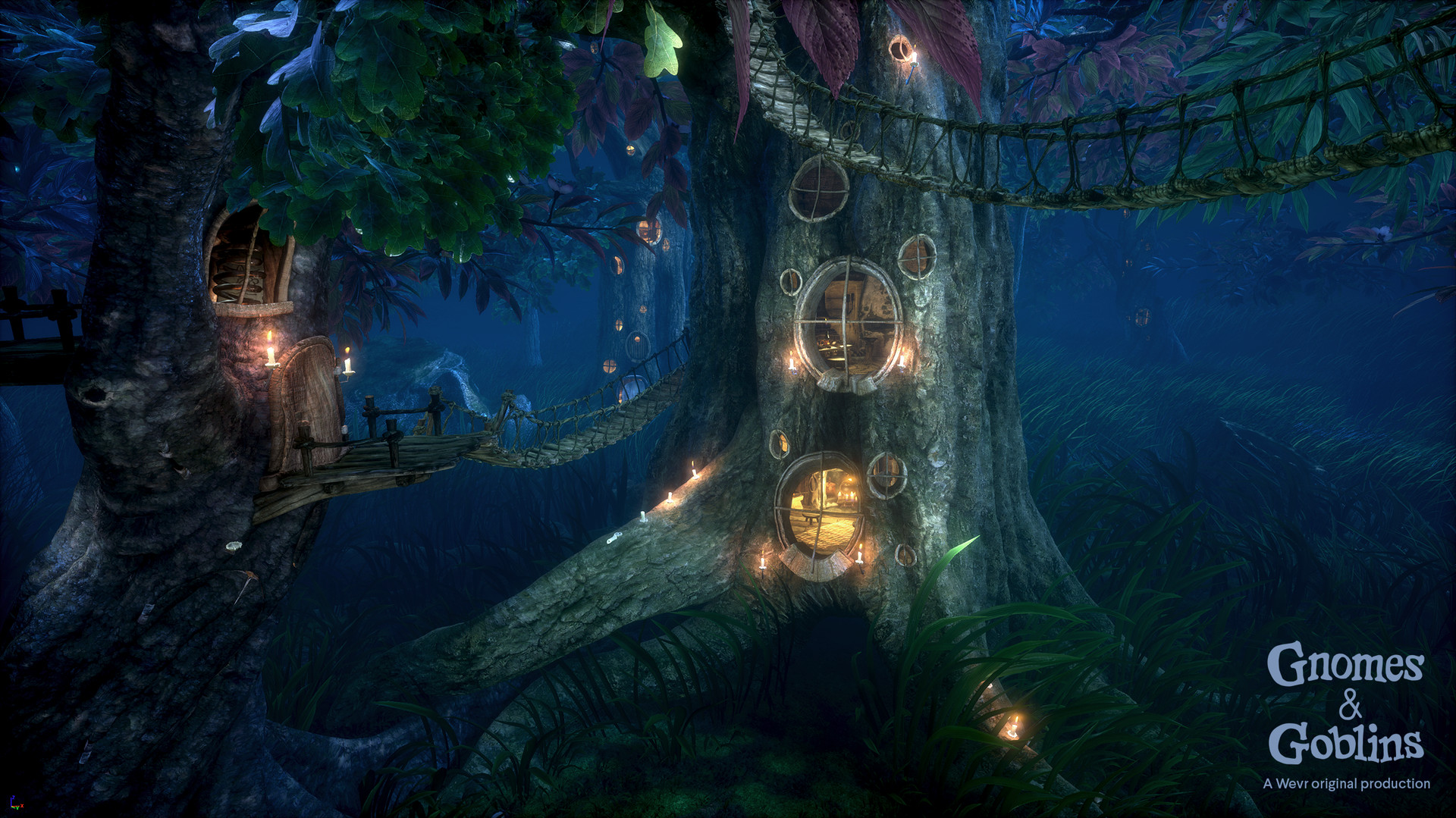The VR rulebook: how to create safe spaces in virtual worlds
Are we doing enough to ensure a healthy future for virtual reality?
Effects on children
Albert Millis, Managing Director of VR marketing and planning company Virtual Umbrella, told us that he’s concerned about the use of virtual reality headsets by under 13’s.
“Numerous VR companies allow their products to be used by kids during events and demos,” he told us. “Although this is usually only once they have expressed consent of the parent.”
Millis explained: “Researchers have mentioned their concerns regarding children and long-term use of VR as they hypothesise it may affect ocular or brain development.”

But, conversely, he also believes that “it's essential that we don't think 'new means dangerous', until in-depth research has been conducted.”
Allen agrees, explaining that the 13 year old age limit seems “arbitrary”.
“The thing is, we just don't know the effects it might have; as there hasn't been time yet for any longitudinal studies. VR makers flouting the HMD's lower age limits should understand the risks involved to the user, and do what they can to mitigate those risks,” Allen told us.
Most experts agree that the answer is to bring in all kinds of audiences to create experiences and continue with long-term study.
Sign up for breaking news, reviews, opinion, top tech deals, and more.
VR makers flouting the HMD's lower age limits should understand the risks involved to the user
Catherine Allen
“Co-creating with audiences is one way to mitigate risks,” Allen explained. “VR creators should also be as transparent with audiences as possible. If it hasn't been tested with kids longitudinally, but it is a product aimed at kids, they should give parents enough information to make informed decisions.”
As well as responsibility falling to creators to dream up experiences that cater to younger audiences, and researchers focusing on the physiological and psychological effects VR has on children, in the short term parents also need to educate themselves so they can decide what they allow their children to be exposed to.
Violence and violation
As virtual worlds start to resemble real worlds more and more, and sensory immersion becomes sophisticated enough to transport minds to virtual environments, it’s important to have discussions about what this means for our bodies as we navigate virtual spaces.
There have been numerous studies over the past decade about just how real our brains think virtual worlds are. And many suggest that although we’re aware we’re in a virtual environment, our brains identify virtual bodies, known as avatars, as our own in many ways even if they don’t look identical.

This means we need to think about what the implications are if an act of violence is committed in a virtual world, how sexual assault should be dealt with and what the implications of sexual contact in virtual reality could be for our own bodies and minds and those of the people we’re interacting with.
As you’d expect, these conversations are important, but something of a minefield. So little precedent has been set and many still see virtual worlds as being nothing other than fantasy, ignoring the potential long-term psychological impact an act of violence or sexual assault could have.
Never before has a form of digital media had such a scalable opportunity for experiences that involve audiences’ bodies
Catherine Allen
As with everything on this list, elements of these discussions aren’t new. Exposure to extreme violence through video games and the effect this has on our minds has been studied for decades. In fact, lots of researchers point to it having little to no impact on increasing levels of violence in the real world, suggesting only those with underlying psychological disorders are affected. But in many ways, virtual reality is a different species.
“Never before has a form of digital media had such a scalable opportunity for experiences that involve audiences’ bodies,” Allen told us.
“Violence and sex are important aspects of the human condition that should not be shied away from - especially not in a medium that offers so much artistic opportunity. However, it is especially important to treat these areas with care towards our end user, but also, to society as a whole.”
There’s a lot to unpick here. Creators need to create ways of reporting abuse and dealing with it. We need to decide what the repercussions would be if an act of violence is committed in a virtual world. There needs to be space for those who want to explore their sexuality in a way that’s consensual and safe but maybe considered unconventional. We need to think of ways to warn people. The list of things to consider is endless.
But Allen believes that if we can create experiences that really challenge the inclusion of sex and violence to begin with, we may face less ethical minefields in the future.
“I'd urge creators to address the challenges around sex and violence in VR by never letting it be an end in itself,” she explained.
“If you’re creating a VR experience that involves either sex, violence, or both, ask yourself these questions: 1) What is the creative purpose? 2) What does this bring to: a) the user? b) the development of the medium? c) society?
“If you can't answer these questions, you may wish to revisit your initial concept and motivation,” she suggested.

Becca is a contributor to TechRadar, a freelance journalist and author. She’s been writing about consumer tech and popular science for more than ten years, covering all kinds of topics, including why robots have eyes and whether we’ll experience the overview effect one day. She’s particularly interested in VR/AR, wearables, digital health, space tech and chatting to experts and academics about the future. She’s contributed to TechRadar, T3, Wired, New Scientist, The Guardian, Inverse and many more. Her first book, Screen Time, came out in January 2021 with Bonnier Books. She loves science-fiction, brutalist architecture, and spending too much time floating through space in virtual reality.